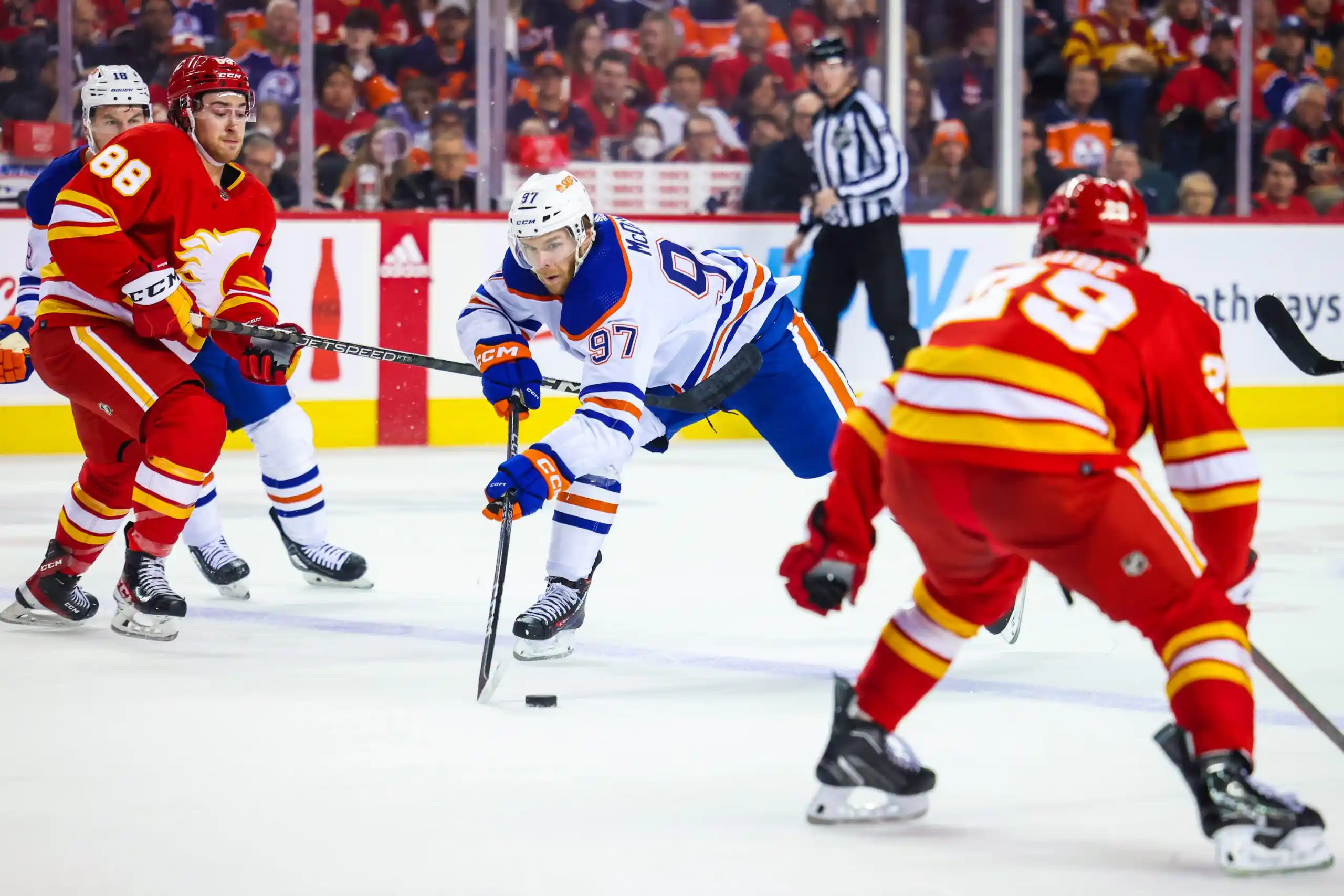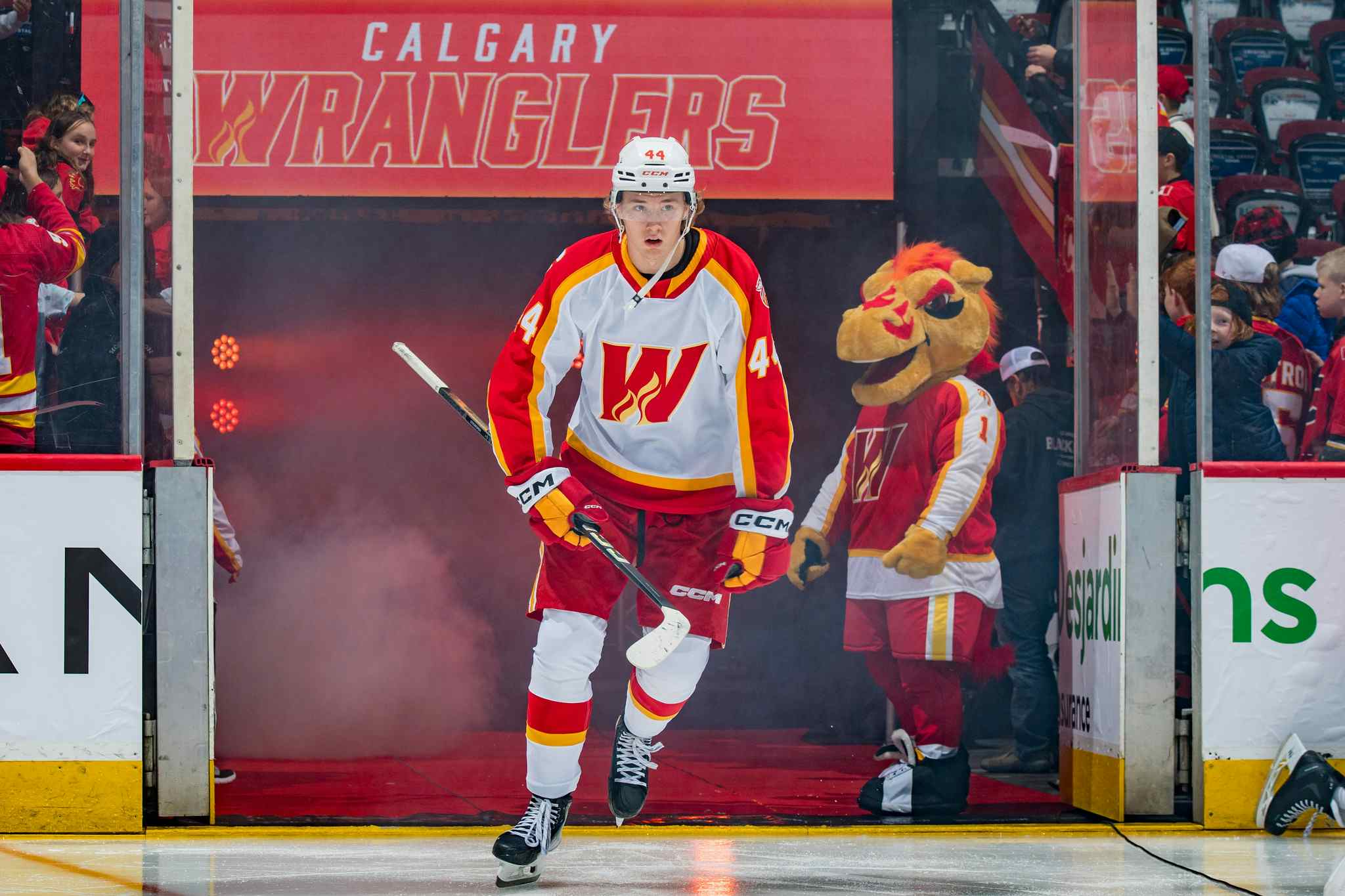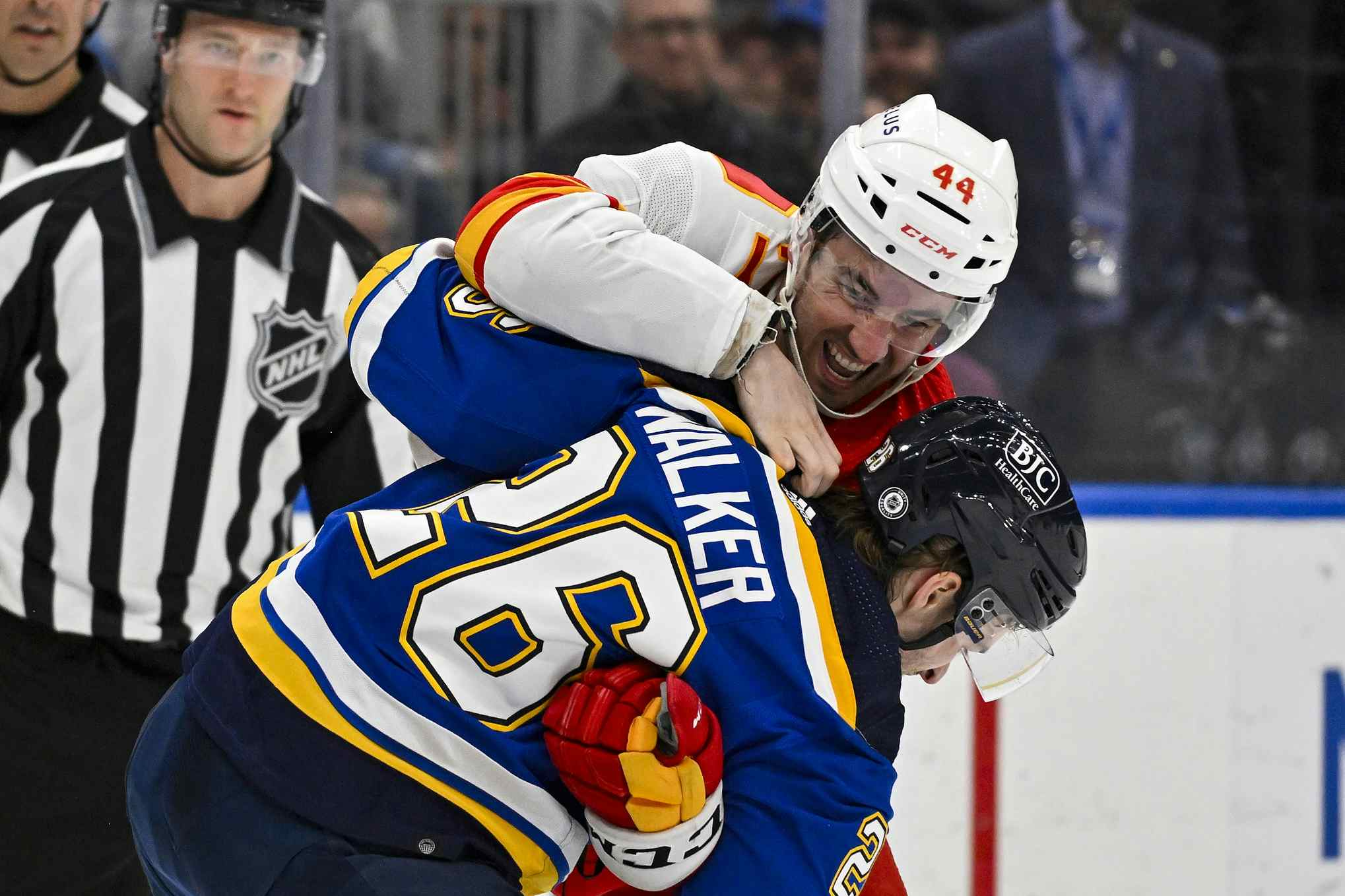Who might regression strike?
By Ari Yanover
8 years agoWe’ve danced around the R-word all of last season, and then all of this offseason: regression. In 2014-15, the Flames carried what many viewed to be an unsustainable shooting percentage. After all, they were shooting at 10.5% last season, when in 2013-14, they only shot at 9.2% – a difference of about 30 goals.
It’s substantial. And if the Flames’ possession woes continue, and their shooting percentage drops – after all, the league average has been 8.9% the past few seasons – then we may see a drop in goal scoring, and with that, probably wins.
However, just because team regression is expected doesn’t mean it’s going to affect everyone.
Forwards
A small caveat: not everyone is included because, well, some of these guys have only played one season. Sam Bennett, Micheal Ferland, Johnny Gaudreau, and Josh Jooris aren’t included here, because there’s hardly anything to compare them to; they’ve only played one season (and not even, in Ferland’s case).
Comparatively, players like Paul Byron, Joe Colborne, and Sean Monahan – guys who really haven’t played much, but have more than one full season under their belts – are, even though we don’t have a lot to go off of. After all, for someone like Monahan, who has only played two seasons and has posted high shooting percentages both years, we don’t know if he’s just a really accurate shooter, or if he’s been lucky his first two years in the league.

Mikael Backlund, Brandon Bollig, and Michael Frolik have generally been below-average shooters, Mason Raymond average, and the rest, above average.
Bollig, Byron, and David Jones are the only Flames who had worse seasons last year than one would have expected from them based on their career averages, most notably Byron. Byron, however, has only played 138 NHL games, 57 – or 41% – of which came in 2014-15. He may score more than he did last season, but a drastic increase probably shouldn’t be expected.
Bollig, who has played 187 NHL games – 62 (33%) last season – is in a similar position. He scored one goal during the 2014-15 regular season; not much more than that should be expected.
Jones, on the other hand, has a resume of 387 games to draw upon. He wasn’t that far below his career average – just 1.1% – but if he regresses to his mean, combined with presumably finding a steady place in the lineup, his scoring could go up.
The news isn’t as great for everyone else. Even though Backlund and Frolik were worse than the league average in 2014-15, it’s been that way throughout their careers, and they actually had better 2014-15 seasons than may have otherwise been expected from them. This could be an indication of growth, but considering how both are in their mid-late 20s and have played hundreds of NHL games (Frolik significantly more so), it’s probably just who they are.
Colborne, Monahan, and Mason Raymond stayed about the same; Colborne and Monahan do not have as much NHL experience, but Raymond, over his 513 NHL games, likely is who he is.
Matt Stajan saw a small jump, and he could dip for 2015-16. Especially when you consider he’s likely to get a lot of defensive zone starts, and probably won’t get too many shots on net – he has never gotten 100 shots on net over a full season with Calgary – his scoring output may drop.
That leaves us with two huge spikes to talk about: Lance Bouma and Jiri Hudler, both of whom had career years in 2014-15. Bouma is only 25, and his next NHL game will be his 200th, so there is a chance his career average to date isn’t an accurate reflection; that said, for the time being, it’s reasonable to be wary if he can match an output similar to last season.
Hudler, on the other hand, is 31. Throughout his career, he’s always been a high accuracy shooter – but only once before 2014-15 has he ever been that accurate. He’ll still likely put up a lot of points, especially if he sticks with Gaudreau and Monahan, but a dip in his production wouldn’t at all be surprising.
Defence
Note the following graph has the NHL average shooting percentage at a different number than the one above; that’s because, well, defencemen tend to be less accurate shots than forwards. We’re looking at these guys on a different level.

It isn’t surprising to see Deryk Engelland and Ladislav Smid be below-average shooters: they aren’t guys you rely on for offence.
Kris Russell, on the other hand, while also not expected to score a lot, does have some offensive instincts in him: and he had a down year in 2014-15. It took him all the way until Feb. 4, 2015 to score his first goal of the season. He’s a veteran of over 500 games, too, so it’s not as if the disparity between his 2014-15 season and career average is negligible. He very well could put up better numbers this upcoming season, particularly as he’s likely going to be placed in a role he’s more suited for.
Dougie Hamilton had a bit of a down year as well, but he only has three seasons in the league and 178 games, so he’s a little more difficult to get a proper read on. An improved season for him wouldn’t be surprising, though; especially now that he’s a part of a Flames defence that encourages its blueliners to jump up into the play.
Mark Giordano’s career season in 2014-15 wasn’t a fluke or a stroke of luck: he kept pretty much right in line with what his career averages are. Since getting more ice time, though, he’s started putting the puck on net more, resulting in increased offence for the Flames’ captain. He’s been consistent ever since being elevated to the top pairing and having another top pairing defenceman with which to work, and that trend should continue this season.
There are two major spikes to look at in terms of greater production, though: T.J. Brodie and Dennis Wideman, who both saw massive 2014-15 seasons compared to their careers to date. Brodie, 25, is entering just his fifth season in the NHL, but his offence has consistently improved with each passing year. It’s possible he was an abnormally high shooter in 2014-15 and won’t have nearly as good a 2015-16; it’s also possible he’s still growing as a player, and scored at a level we can expect for the future.
Wideman, however, is a completely different story. He’s 32 years old. He’s a veteran of over 700 NHL games. He had an excellent season last year, yes: but we know it’s not likely to repeat itself. He isn’t Brodie, still coming into his career and developing offensively. We know who he is by now, and he isn’t as accurate a shooter as last season would have you believe. He still puts the puck on net a lot, so he’ll likely continue to put up points from the blueline; that said, the chances of him having another 15 goal season aren’t particularly great.
Recent articles from Ari Yanover





